Rear Underseat Fuse Block
The rear fuse block is located under the rear seat on the driver side. The rear seat cushion must be removed to access the rear fuse block.
Removing the Rear Seat Cushion
Notice: If you touch the exposed wires with the metal on the seat cushion, you could cause a short that could damage the battery and or wires. Avoid contact between the rear seat and the fuse center whenever you remove or reinstall the rear seat. Do not remove covers from any of the covered parts, and do not store anything under the seats.
To remove the rear seat cushion, do the following:
1. Pull up on the front of the cushion to release the front hooks.
2. Pull the cushion up and out toward the front of the vehicle.
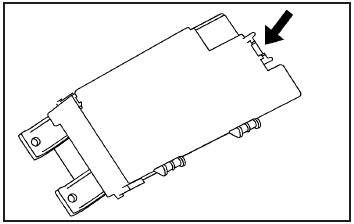
To access the fuse block, pull out and lift up on the cover latch, located at the end of the fuse block, near the battery cable.
To reinstall the rear seat cushion, do the following:
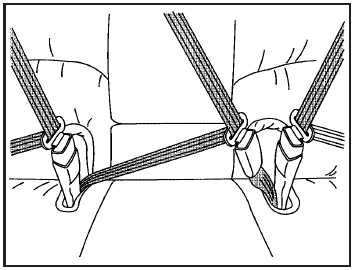
WARNING:
A safety belt that is not properly routed through
the seat cushion or is twisted will not provide the
protection needed in a crash. If the safety belt has
not been routed through the seat cushion at all, it
will not be there to work for the next passenger.
The person sitting in that position could be badly
injured. After reinstalling the seat cushion, always
check to be sure that the safety belts are properly
routed and are not twisted.
1. Buckle the center passenger position safety belt, then route the safety belts through the proper slots in the seat cushion. Do not let the safety belts get twisted.
2. Slide the rear of the cushion up and under the seatback so the rear-locating guides hook into the wire loops on the back frame.
3. With the seat cushion lowered, push rearward and then press down on the seat cushion until the spring locks on both ends engage.
4. Check to make sure the safety belts are properly routed and that no portion of any safety belt is trapped under the seat. Also make sure the seat cushion is secured.
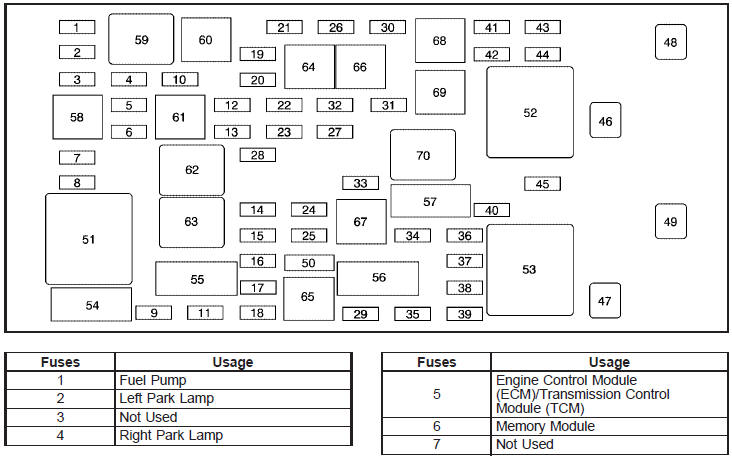
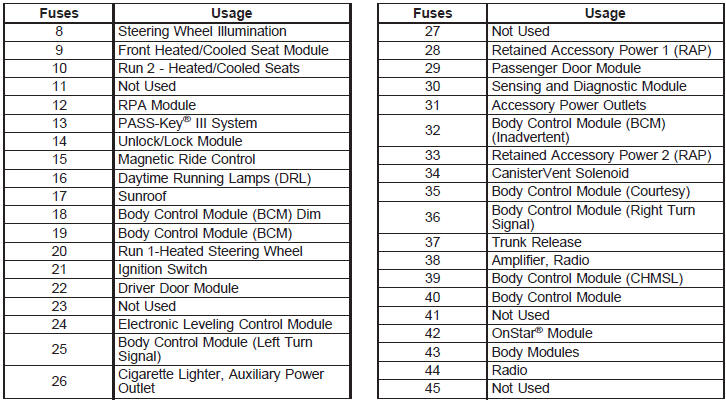
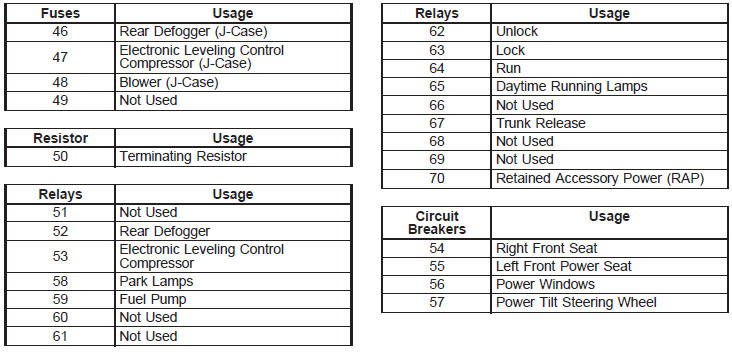
See also:
Windshield Wiper/Washer
The windshield wiper lever is on the right side of the steering column. With
the ignition in ACC/ ACCESSORY or ON/RUN, move the windshield wiper lever to select
the wiper speed.
2: Use for fast ...
Insuring Your Vehicle
Protect your investment in your GM vehicle with
comprehensive and collision insurance coverage.
There are significant differences in the quality
of coverage afforded by various insurance policy
...
Automatic Transmission Shift Lock Control Function Check
WARNING
When you are doing this inspection, the vehicle could move suddenly. If the vehicle
moves, you or others could be injured.
1. Before starting this check, be sure there is enough room aro ...


